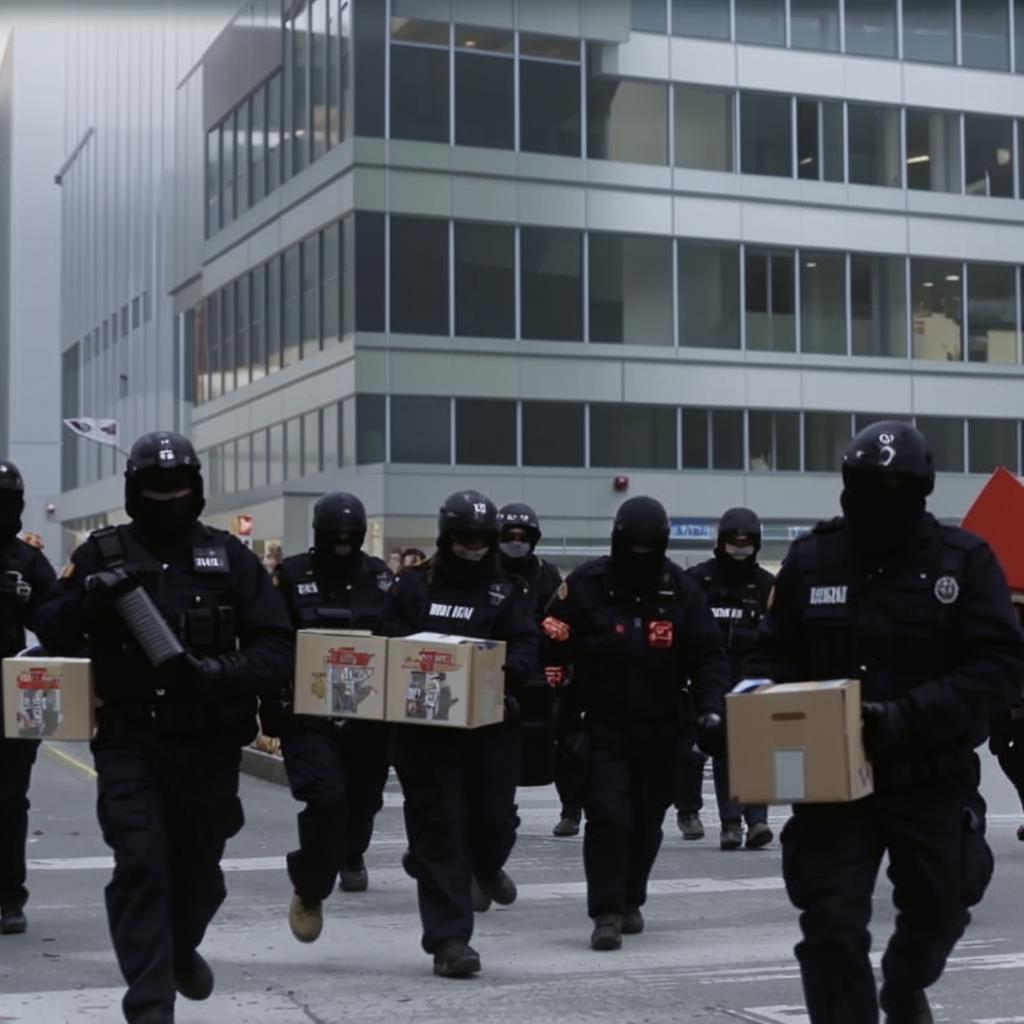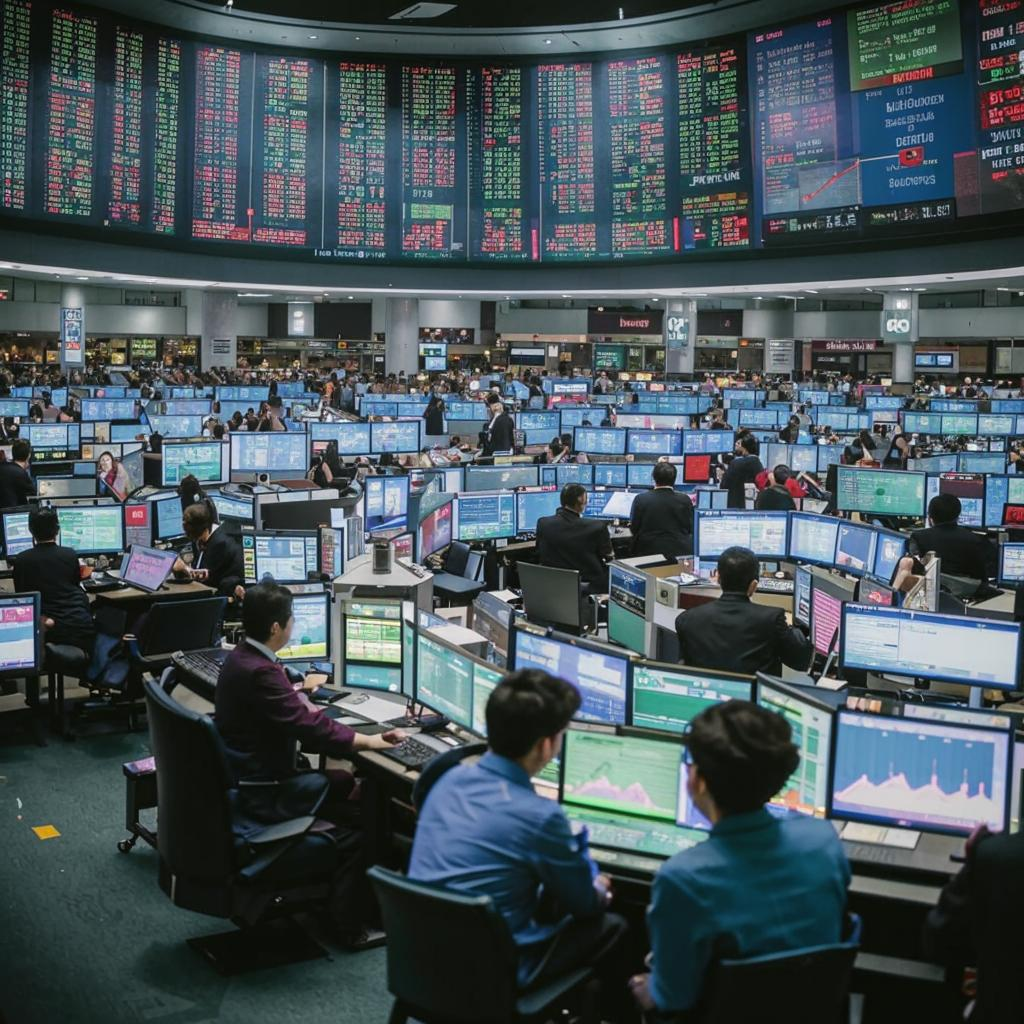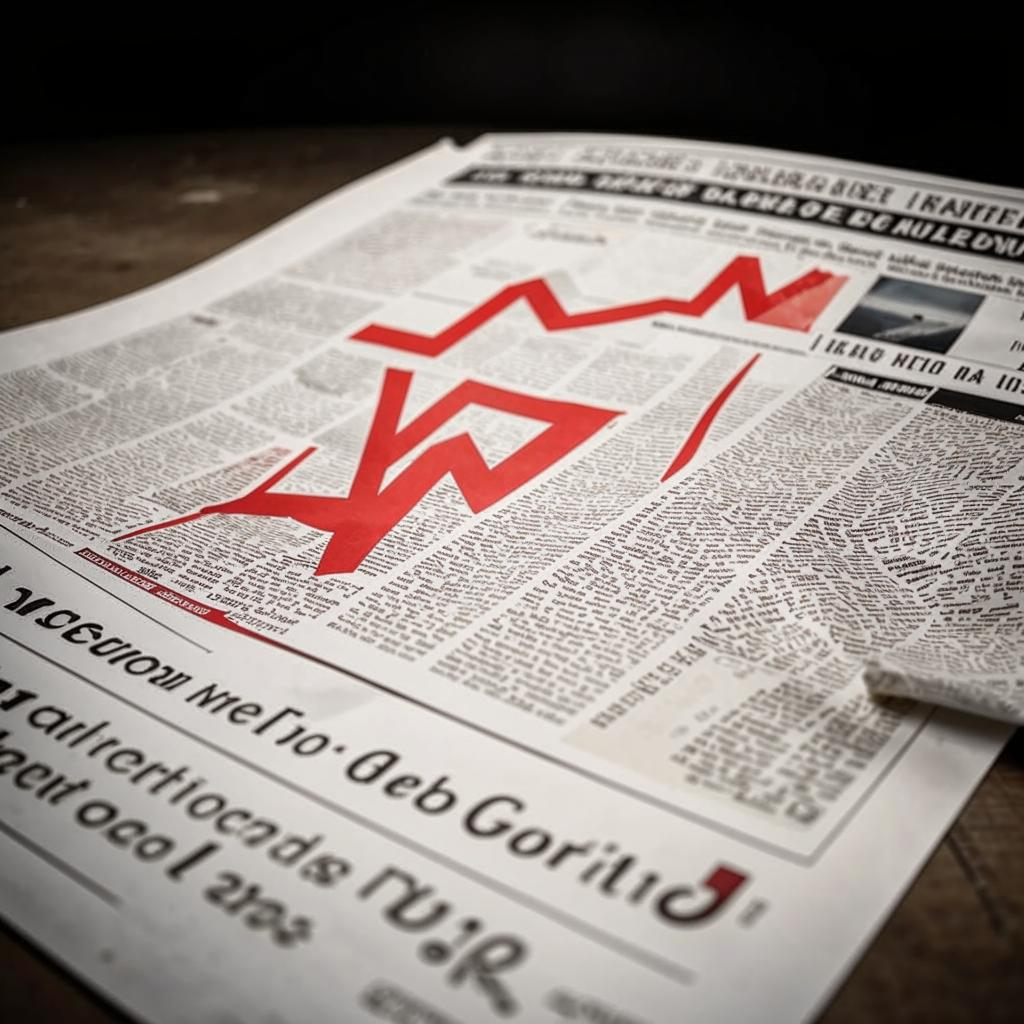Despite growing recessionary anxieties, the global labor shortage persists, defying expectations of an easing workforce. Across numerous sectors and countries, companies struggle to fill open positions, impacting production and economic growth.
The shortage stems from a confluence of factors, including demographic shifts (aging populations), early retirements spurred by the pandemic, changing worker priorities (seeking better work-life balance and higher wages), and skills mismatches. Many workers are hesitant to return to roles perceived as low-paying or offering limited opportunities.
While some sectors, like technology, have experienced layoffs, the overall demand for skilled and unskilled labor remains strong in other areas, such as healthcare, logistics, and construction. Immigration restrictions in several countries further exacerbate the issue, limiting the pool of available workers.
The stubborn persistence of the labor shortage has several consequences. It puts upward pressure on wages, contributing to inflation. It limits companies’ ability to expand and meet customer demand. And it can hinder long-term economic growth.
Businesses are responding in various ways, including offering higher wages and benefits, investing in automation and technology to improve efficiency, and focusing on employee retention. Some are also exploring alternative talent pools, such as older workers or those with disabilities. However, the global labor shortage is expected to remain a significant challenge for the foreseeable future, requiring innovative solutions and a willingness to adapt to changing workforce dynamics. The implications of a sustained labor shortage will likely continue to shape global economies for years to come.













